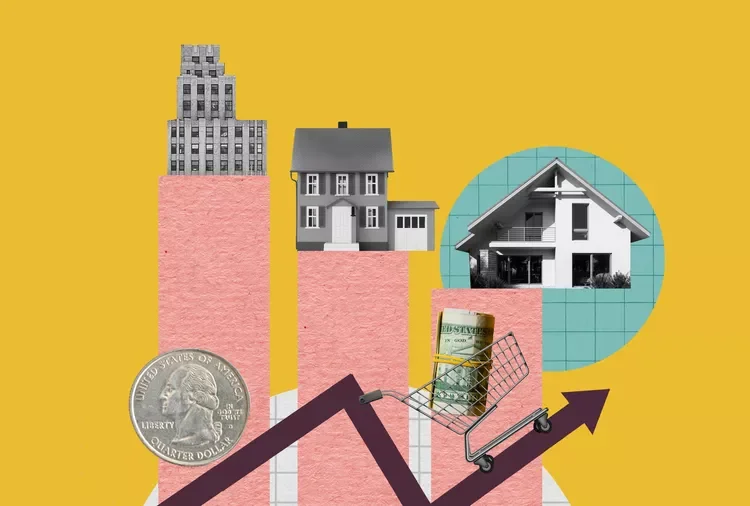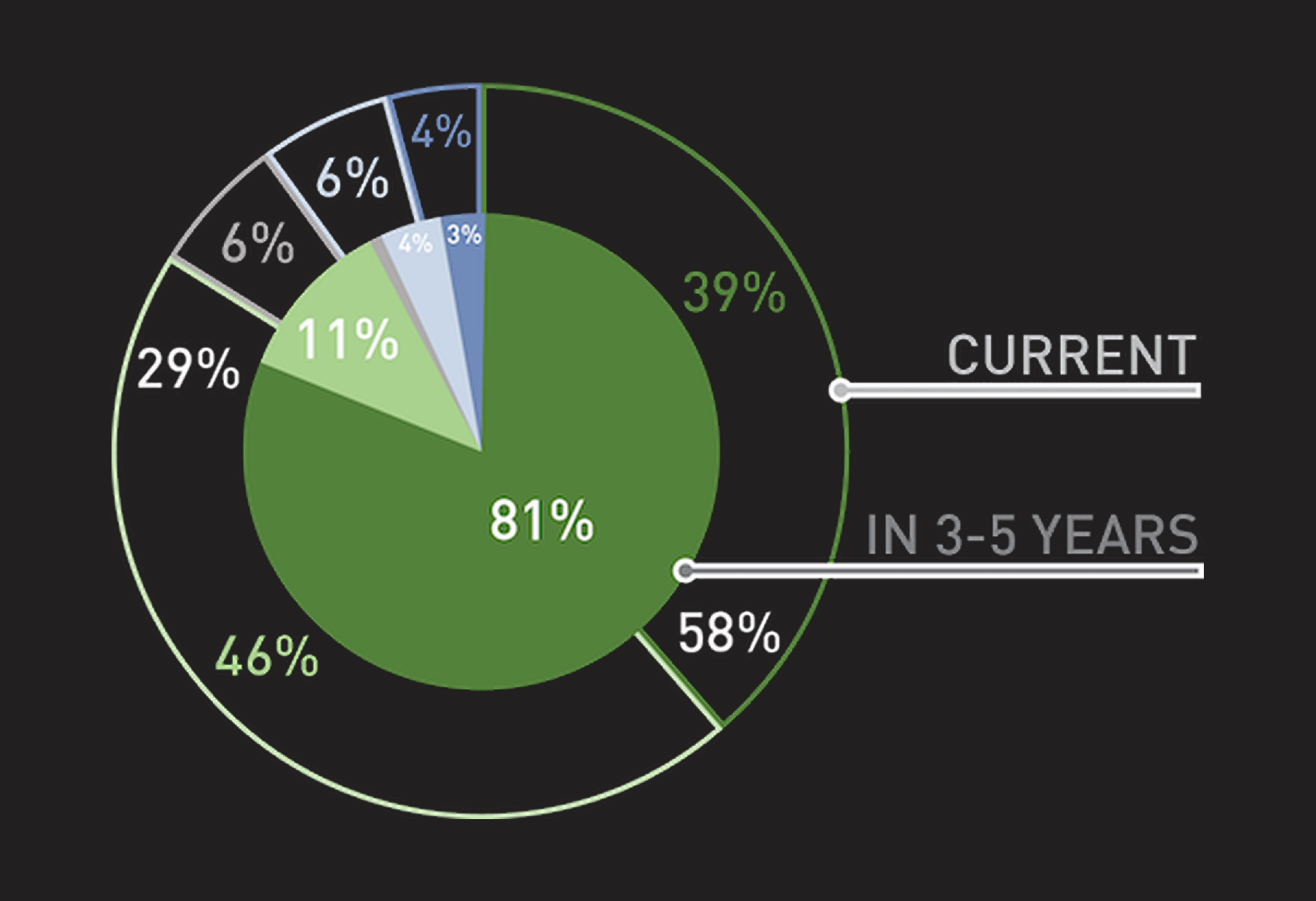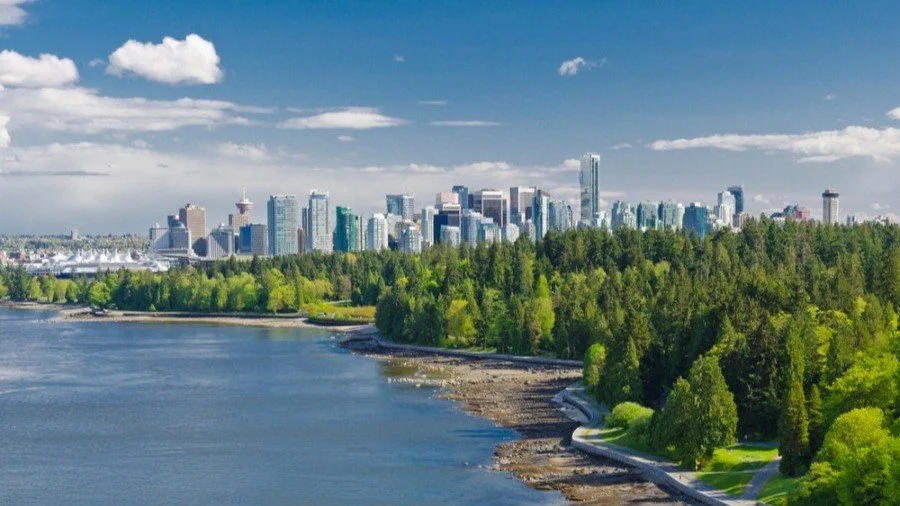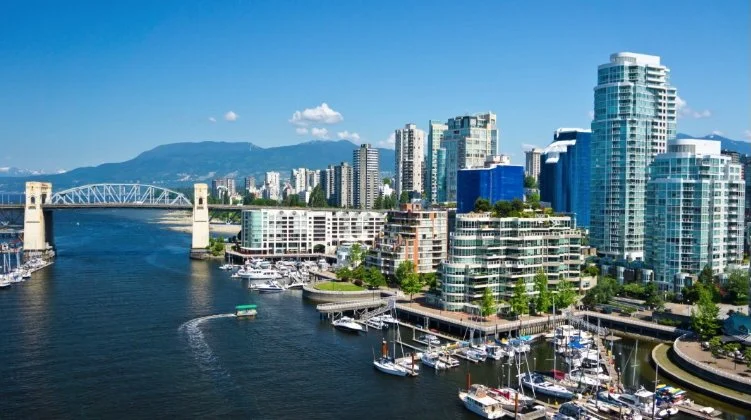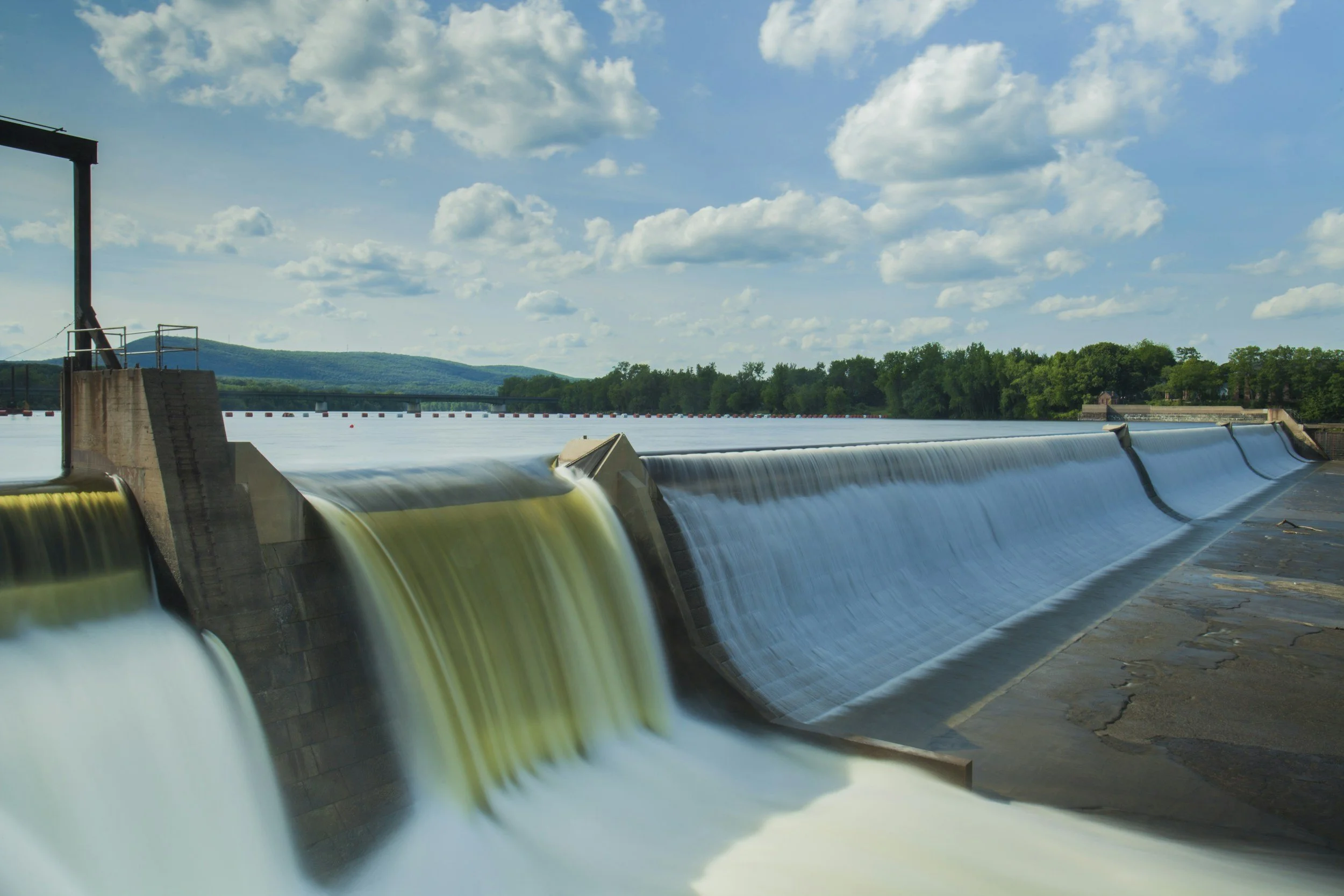
Articles
The way you tell your story is what shapes your future.
-
![Mastering Stakeholder Alignment]()
Mastering Stakeholder Alignment Through Technical ETL/PDSA Governance Frameworks
Technical systems analysis + strategic partner selection unlocked $170M NVIDIA AI data center velocity. Upfront work identified mission-aligned stakeholders. ETL/PDSA workflows—Extract-Transform-Load/Plan-Do-Study-Act (ETL/PDSA)—then engineered alignment: extract priorities via root-cause analysis, transform through PDSA cycles, load into federated dashboards.
Result: Doubled data sharing efficiency. Cut decision delays 25%. Systems evolve daily toward full Environmental, Social, and Governance (ESG) alignment. -
![Driving Transformational Change]()
Driving Transformational Change Through Strategic Planning in Healthcare and Infrastructure
Rigid processes disconnected from agile, data-informed practices risk stifling innovation and adaptability in environments that demand both. Leadership that does not engage complexity as a source of connection and potential risks perpetuating cycles of inefficiency and mistrust.
What if the systems we rely on to heal and sustain our communities are perpetually caught between bold vision and flawed execution? What does real transformation feel like when it happens—not just in strategy documents, but in lived experience? -
![How Community Acceptance Drives Real Estate Pricing]()
How Community Acceptance Drives Real Estate Pricing
Community acceptance dictates commercial real estate value, further shifting sustainability from CSR to a social license. Demand for low-carbon properties exceeds supply 3:1, driven by emissions reporting, ISO-14001, carbon-linked leases, LEED, the UN SDGs, and other mandatory and voluntary environmental programs. Agile development and entrenched standards make environmental responsibility a core economic necessity.
-
![The Importance of Sustainability Criteria in Real Estate]()
The Importance of Sustainability Criteria in Real Estate
Sustainability is a defining standard in real estate, influencing how properties are valued, financed, and managed. With buildings responsible for nearly 40% of global emissions, investors now prioritize energy efficiency, resilience, and inclusivity. Green-certified and socially conscious developments outperform in rent, occupancy, and reputation while meeting regulatory mandates. Strong governance—via transparent reporting and measurable sustainability metrics—builds investor trust and mitigates risk. Far more than compliance, sustainability drives operational savings, tenant loyalty, and access to expanding green capital, positioning it as a core competitive advantage in the property market.
-
![Aerial view of Vancouver, Canada, with tall skyscrapers, a stadium, a harbor with boats, mountains in the background, and a partly cloudy sky.]()
Geographies of Change: How Place Shapes Mindsets and Responses
Change is not experienced the same everywhere. It is shaped by geography—by local risks, histories, resources, and power. In some places, change is urgent and lived; in others, it is planned and deferred. These differences influence how transformation is understood and acted upon. To make change meaningful, we must start with where it happens.
-
![Two modern streetcars, numbered 2513 and 2220, traveling on a city street with overhead wires, with buildings and street signs visible in the background. The streetcar on the left displays its destination as Downtown to Waterfront Station, and the one on the right as Powell.]()
Beyond the Battery: Unpacking the Electrification of Urban Transit Systems
Electrifying urban transit reduces local emissions but introduces global environmental and supply chain risks tied to battery production. Grid infrastructure, planning cycles, and workforce readiness often lag behind policy mandates, creating operational bottlenecks. Without changes to land use, transit access, and governance, electrification risks reinforcing existing inequities. Successful transitions depend on systemic coordination, not just cleaner technology, and should be used to drive broader urban and energy reforms.
-
![A busy city street with pedestrians crossing and cars driving, with a downtown skyline and mountains in the background.]()
The Metropolitan Energy Paradox: Entangled Conditions in Contemporary Urbanism
Cities today are running on energy systems that weren’t built for the digital, electrified lives we now lead. Demand doesn’t spike and dip like it used to—it’s constant, diffuse, and shaped by everything from EVs and smart appliances to cloud infrastructure and AI. Meanwhile, grids are layering new tech over aging hardware, trying to keep up with systems that evolve faster than policies or funding cycles allow. Add to that the material realities behind “clean” energy—lithium, cobalt, water stress—and the complexity only deepens. Urban energy isn’t a smooth transition; it’s a messy entanglement of legacy systems, new dependencies, and shifting behaviors.
-
![]()
Advancing Sustainable Development: RRB Partners's Recent Achievements
This week, for our “Showcase Work/Progress Update” feature, we’re highlighting some of our most recent milestones.
From launching zero-emission pilot projects in Vancouver to finalizing a multi-site advisory agreement with Logan Fund, we’re proud to share how RRB is scaling impact through strategic partnerships, investor growth, and sustainability-driven innovation -
![A cityscape featuring high-rise buildings, a body of water with boats, a geodesic dome, and a highway with cars amid green trees under a partly cloudy sky in Seattle, Washington.]()
How Capital Is Moving Globally in Real Estate Development: A Cross-Regional Exploration
Private capital in real estate development is no longer following old maps. It’s adapting, pivoting, and in some cases, pulling back—quietly but decisively. Rather than focusing solely on destinations for investment - North American capital is being deployed overseas, how European investors are repositioning amidst fiscal and political pressures, and how Asia-Pacific players are becoming both sources and destinations of strategic capital.
-
![A harbor with boats docked, high-rise buildings in the background, a sidewalk with trees and pedestrians to the right, and a railing along the water]()
Designing for Integration: A Systems-Level Strategy for Canada’s Infrastructure Transition
Canada’s infrastructure transition isn’t just about building more — it’s about taking a closer look at why policy ambition alone won’t drive transformation without local capacity. We take a closer look at why policy ambition alone won’t drive transformation without local capacity. How provincial strategies are revealing the strengths — and gaps — in our current delivery systems. And why the financing gap is often not only about capital access, but also capital
-
![City skyline with tall modern buildings beyond a lush green forest and a large body of water in the foreground on a partly cloudy day.]()
Cultural Shifts in Sustainability: When Nature Gains Legal Rights
In Canada, ecosystems are gaining legal standing, reshaping development. Projects must now align with ecological integrity, cultural landscapes, and community authority. This shift enhances resilience, reduces risk, and fosters civic trust by involving communities as co-authors, not just consultees. Development is becoming accountable to both legal and ecological systems, reframing sustainability beyond traditional metrics.
-
![Scaling impact]()
Scaling Impact: New Developments at RRB Partners
At RRB Partners, sustainable development means building systems that scale impact. This month, Green Development Fund advanced clean energy in 16 African countries. We prepared Step Code 4 projects in BC, launched retrofit initiatives targeting existing buildings, and mapped how federal frameworks drive municipal sustainability action. Across all efforts, we link finance, community, policy, and environment to deliver resilient, scalable change.





